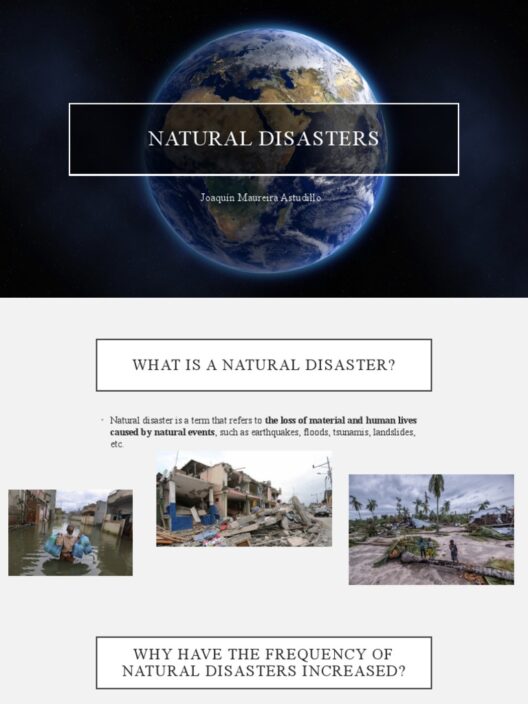As the world grapples with the imminent threat of climate change, the role of pension funds—those hallowed bastions of old money—has come under scrutiny. How might these financial behemoths, traditionally seen as conservative players in the economic landscape, align their vast resources with the pressing demands of environmental sustainability? This question illuminates a pressing tension: can the elderly guardians of capital usher in a transformative shift toward a greener future?
To understand the intersection of pension funds and climate crisis, it is essential to delve into the multifaceted nature of pension funds themselves. These funds, often viewed as mere vehicles for securing retirement benefits, represent trillions of dollars invested across a diverse spectrum of asset classes. Their fiduciary responsibility is to maximize returns for beneficiaries, yet this mission can be harmonized with a profound commitment to environmental stewardship. Indeed, the recalibration of investment strategies in favor of sustainable projects poses an exciting challenge and an opportunity for pension funds to lead the vanguard against climate degradation.
The crux of the matter lies in the concept of divestment versus sustainable investment. Divestment from fossil fuels has gained traction among several pension funds worldwide, as it sends a powerful message against industries that perpetuate environmental harm. But mere divestment may not suffice; there is an imperative to redirect capital towards industries and initiatives that actively combat climate change. Renewable energy, green infrastructure, and sustainable agriculture are just a few sectors ripe for investment. Imagine if these funds redirected a small fraction of their assets—what transformative impact could that have on reducing global carbon emissions?
However, a compelling challenge remains: the perception of risk. The climate crisis, while a palpable threat, has not yet been fully integrated into traditional risk assessments employed by many financial managers. Pension fund managers often prioritize short-term gains, leaving the long-term ramifications of climate change on the periphery of their strategic decision-making processes. This myopic view is increasingly untenable. As natural disasters become more frequent and severe, the financial implications of ignoring climate risks are becoming impossible to ignore. Thus, a paradigm shift in risk assessment is not mere idealism; it is a necessity for the prudent management of funds.
Pension funds have a unique advantage in this equation. Unlike hedge funds or private equity, which frequently pursue short-term gains, pension funds operate with a long-term horizon. This temporal advantage allows them to invest in projects that may not yield immediate returns but are poised for substantial growth as society transitions toward sustainability. The integration of Environmental, Social, and Governance (ESG) criteria into investment strategies can enhance long-term profitability while concurrently addressing climate concerns. Such investments in green bonds, sustainable infrastructure, or clean technology could actually yield superior returns as the global economy undergoes its necessary shift.
Moreover, as consumer awareness and preference for sustainable practices escalate, companies that prioritize environmental responsibility could see enhanced profitability and shareholder value. Studies suggest that businesses committed to sustainability often outperform their less scrupulous counterparts. For pension funds, the question becomes not just ethical but strategic. Are they willing to continue supporting industries that operate against the future sustainability of the planet, or will they embrace the pioneering wave of green investment?
The mounting climate crisis offers pension funds a golden opportunity to redefine their legacy. The engagement of pension funds in climate action should encompass active stewardship as well. Shareholder advocacy provides a powerful platform through which pension funds can influence corporate behavior—pressuring companies to adopt sustainable practices and disclose their environmental impact. By leveraging their collective power, these funds can encourage a corporate culture that prioritizes long-term sustainability over short-term profit maximization.
This movement is not without its challenges. Internal resistance, potential backlash from beneficiaries wary of perceived lost profits, and navigating the complex regulatory landscape can all impede the transition toward responsible investment. However, the time for ambivalence is over. The stakes are far too high. Climate change is not an abstract concept; it is a reality manifested in wildfires, floods, and hurricanes. If pension funds are to align with a future that prioritizes sustainability, they must adopt proactive measures that integrate climate risk into every investment decision.
Institutions such as the UN-convened Net-Zero Asset Owner Alliance demonstrate how collective action can be mobilized among pension funds to achieve commendable environmental goals. By committing to achieving net-zero emissions portfolios by 2050, these funds are not only taking action but setting a precedent for others in the industry. By participating in collaborative initiatives, pension funds can integrate sustainability into their portfolios while sharing insights and strategies that enhance the impact of their investments.
In conclusion, the intersection of pension funds and the climate crisis beckons a pivotal moment in the fight against global warming. The potential for these financial giants to curb emissions and promote sustainable practice is vast yet underutilized. However, with rigorous dedication to long-term risk assessment, active engagement in corporate stewardship, and intentional allocation of resources toward eco-friendly projects, pension funds can redefine their role from mere historical entities of wealth preservation to vanguards of ecological resilience. Can the legacy of old money evolve into a beacon of hope for future generations? Only time will tell, but the path to transformation is undeniably within reach.








